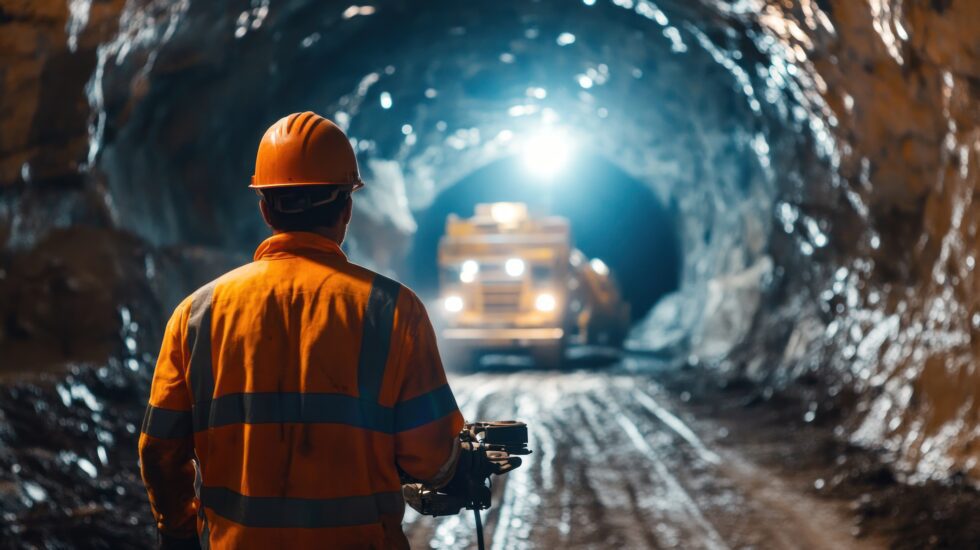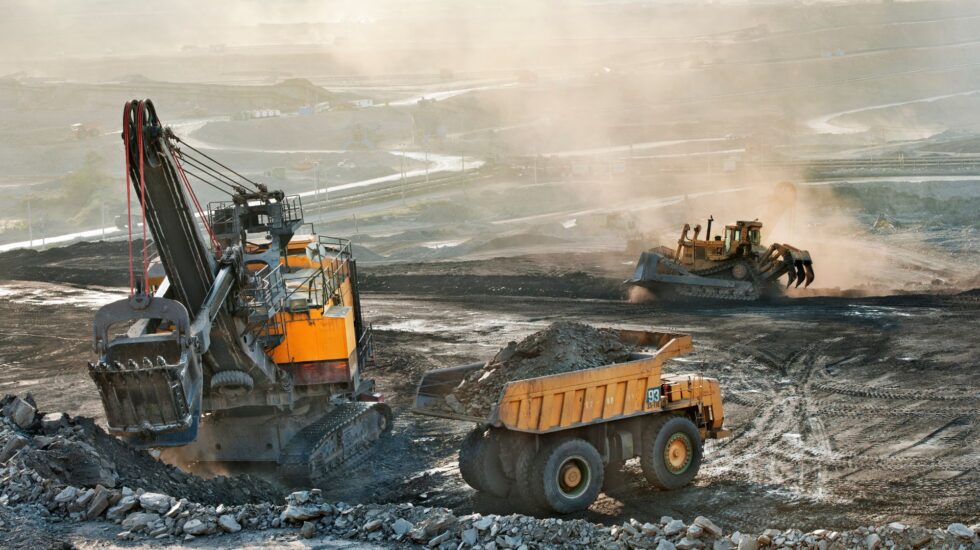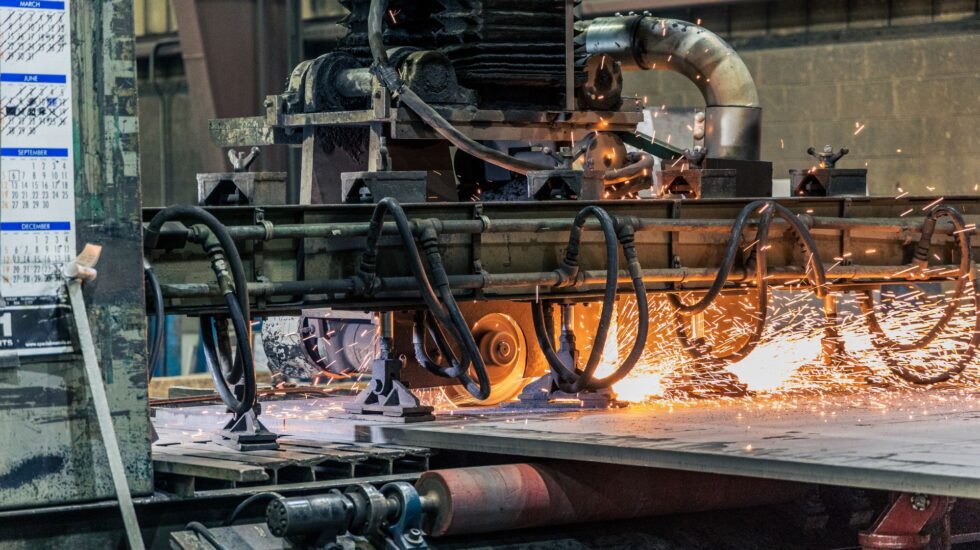Maximizing SR&ED Tax Credits: Tackling Technological Uncertainties in Mining Innovation
The mining sector is continuously evolving, driven by the need for new technologies and innovative processes. However, this progress often comes with significant technological uncertainties. Companies working in the mining industry can leverage these challenges to qualify for Scientific Research and Experimental Development (SR&ED) tax credits. Below are some key areas where SR&ED-eligible activities and technological uncertainties arise in mining:
Mineral Exploration Techniques
Technological Uncertainty: Developing new methods for mineral exploration often leads to uncertainties in the accuracy and effectiveness of these techniques.
SR&ED Activity: Testing innovative geophysical survey methods and experimenting with novel drilling technologies to access deeper or previously inaccessible ore bodies.
Ore Processing and Extraction
Technological Uncertainty: Improving the efficiency of extracting valuable minerals from ore can introduce uncertainties regarding recovery rates and the effectiveness of new techniques.
SR&ED Activity: Enhancing ore beneficiation processes and investigating new separation methods to improve mineral recovery, particularly from low-grade ore.
Environmental and Safety Improvements
Technological Uncertainty: Reducing the environmental impact and enhancing safety in mining operations can be challenging. This is especially true when new methods are involved.
SR&ED Activity: Researching and implementing new technologies for tailings management, water treatment, and the development of safety tools to minimize accidents and risks.
Automation and Robotics
Technological Uncertainty: Integrating automation and robotics into mining operations, especially in hazardous or remote locations, presents uncertainties in reliability and control.
SR&ED Activity: Developing autonomous mining equipment, advanced control systems, and robotics to increase efficiency and reduce human exposure to dangerous conditions.
Materials Handling and Transportation
Technological Uncertainty: Innovations in materials handling and transportation systems are key to optimizing mining operations. But they can present uncertainties in performance and scalability.
SR&ED Activity: Innovating conveyor systems and developing new transportation methods, such as aerial ropeways or pipeline transport, to enhance the movement of ores.
Mine Planning and Design
Technological Uncertainty: Improving mine planning and design often requires dealing with uncertainties in ore quality and geological conditions.
SR&ED Activity: Implementing advanced geological modeling, data analytics, and software tools to optimize mine designs, production scheduling, and ore reserve estimations.
Energy Efficiency
Technological Uncertainty: Achieving energy efficiency in mining operations is essential but can present uncertainties when adopting new technologies or alternative energy sources.
SR&ED Activity: Researching energy-efficient technologies, such as electrification of mining equipment and waste heat recovery systems. This can include exploring alternative energy sources like solar, wind, or geothermal power.
Geological Survey and Data Analytics
Technological Uncertainty: Improving geological mapping and surveying techniques involves uncertainties in understanding subsurface structures and predicting mineral presence.
SR&ED Activity: Developing better geological survey methods and utilizing data analytics and machine learning to analyze geological data for more accurate mineral predictions.
Health and Safety Monitoring
Technological Uncertainty: Ensuring worker health and safety in underground mines, especially with new monitoring technologies, involves uncertainties regarding effectiveness and real-time data accuracy.
SR&ED Activity: Developing wearable technologies and sensor systems to monitor worker health. In conjunction, implementing advanced ventilation systems to improve underground air quality.
The Importance of Documentation for SR&ED Claims
For companies in the mining industry, documenting research activities and technological uncertainties is crucial to qualify for SR&ED tax credits. Clear records that demonstrate how these uncertainties were addressed through systematic investigation and experimentation are essential for successful SR&ED claims. By doing so, mining companies can receive financial support for their innovative projects, helping drive advancements in the industry.
Contact Ayming Canada for Expert Help
If your mining company is exploring technological innovations and tackling challenges like those mentioned above, you could be eligible for SR&ED tax credits. Contact Ayming Canada today to learn how we can help you maximize your SR&ED claims. Our team of experts will guide you through the complexities of the process, ensuring your mining innovations receive the financial support they deserve. Reach out to Ayming Canada now and let us help you fuel your company’s growth.
Contact us today!
One of our experts will be in touch shortly.













No Comments